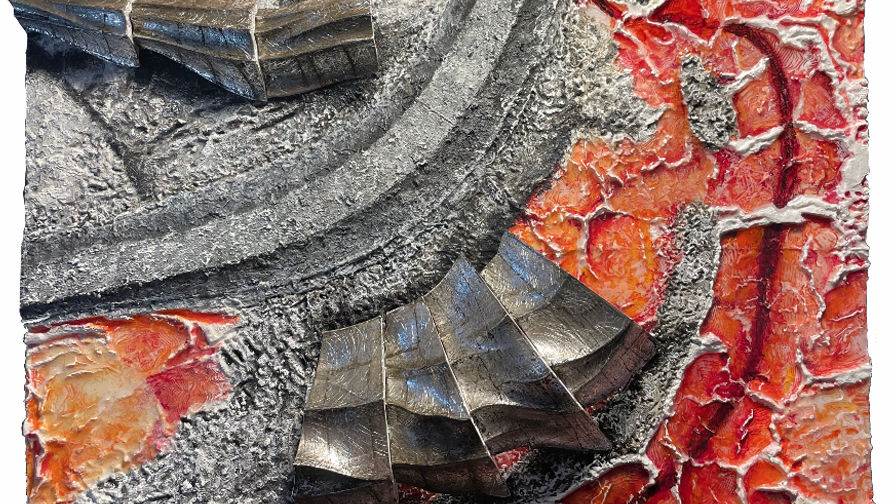
Saline Dreams 4*: Ecoinfrastructural Architecture
403 Research Studio
2021
This project involves the engineered ecology and resultant aesthetic implications of the Los Angeles Department of Water and Power’s Dust Mitigation Project at Owens Lake, a large site in eastern California of major environmental, historical, political, and infrastructural significance. Until very recently the largest single source of dust pollution in the U.S., the studio examines control methods developed by LADWP to manage this difficult landscape: a complex synthesis of fields, pools, plants, animals, microorganisms, chemicals, minerals, roads, berms, dams, plumbing, power lines, grading, gravel, roads, sensors, and salt that is only partially visible to the human eye. The effects of these reworkings of the landscape are striking, inevitably aesthetic in their expression.
The radical transformation of Owens Lake created by the Los Angeles Department of Water and Power (LADWP) to fuel the otherwise impossible urban growth of Los Angeles and is still largely managed by LADWP, and has become the most well-known indication of LA’s overwhelming impact on the pre-modern natural world. The toxicity of its airborne mineral effluents ranks among the world’s most recognizable ecological mistakes and is clearly visible from space. But for all of this, and refraining momentarily from seeing it for the colossal human-induced (un)natural disaster that it is, Owens Lake might be imagined as a study in fluid motion, a gigantic painterly palette of minerals pushed and pulled to slake an elsewhere thirst. Its colors and patterns are of stunning beauty, changing year to year in response to natural, seasonal fluctuations of temperature, biochemistry, wind and rain as well as to continually evolving remediation efforts developed through human engineering. Improved dust mitigation techniques implemented each year render the complexion of the playa different all the time, never to be imaged or mapped the same way twice. Images from space reveal a striking palette of reds, pinks, and greens in synthetic whorls and bands of color and pattern both strikingly specific and clearly unnatural in form. Places like this do not naturally occur. Photographed from above it is an album of fluid motion continually in flux.
Related Faculty |
Jason Payne |
Related topics |
Climate Change, Ecology, Sustainability |
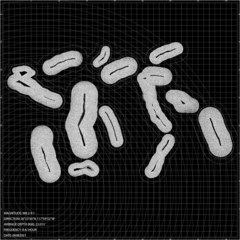
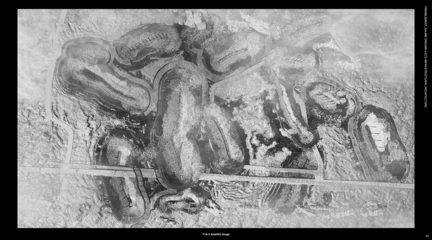
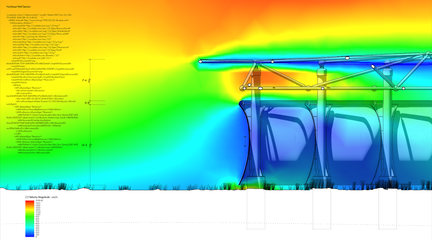
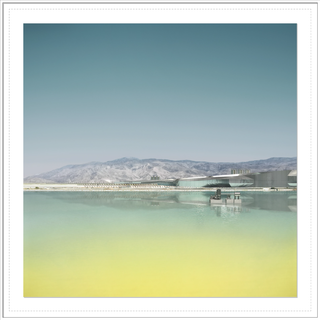
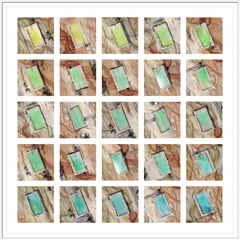
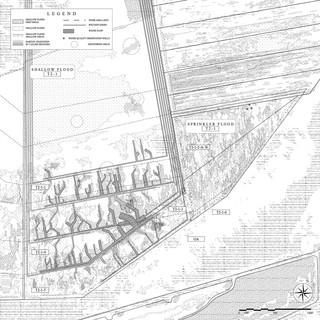
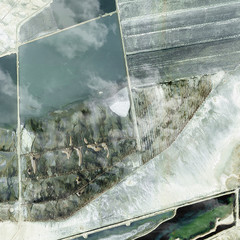
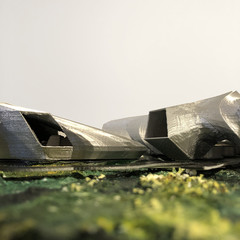
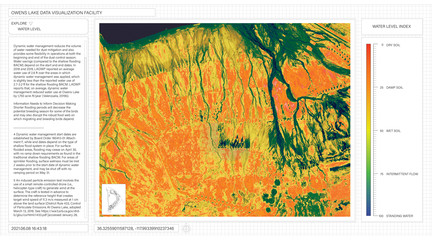
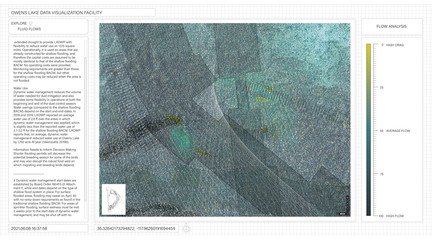
- Cullen Fu
- Cullen Fu
- Unsteady Flow by Casey Knudsen
- Casey Knudsen
- Nate Waddell
- Nate Waddell
- Katty Yuemeng Zhao
- Katty Yuemeng Zhao
- Katty Yuemeng Zhao
- Owens Lake Site Visit by Xavier Ramirez
- Lauren Mitchell
- Lauren Mitchell
- Non-linear Owens Lake by Casey Knudsen